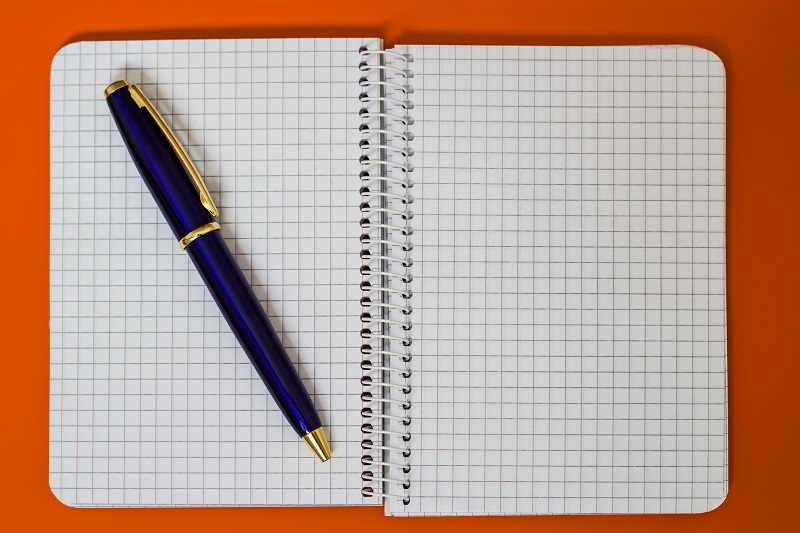“What was she thinking?” “I wonder what she was thinking.”
“How could he do this?” “I wonder how he could do this.”
Did you notice anything different about the structure in each pair? The first sentence is a question that is asked directly. The second sentence transforms the question into a statement. Pay careful attention to how the word order changes.
When directly asking a question with words like “what,” “how,” and “when,” the verb comes before the subject: “What was she thinking?”
When you transform the question into a statement using phrases like “I wonder…” or “I don’t know…,” the subject comes before the verb: “I don’t know what she was thinking.”
When producing stated questions, English language learners often keep the word order inverted as if they were directly asking a question. The error looks like this: “I don’t know what was she thinking.” This sounds like a statement-question hybrid.
Note that in questions with yes/no questions with “do,” the word order for the subject and main verb remain the same. “Do you like strawberries?” “I wonder if you like strawberries.”
The best way to become more aware of the word order you use for stated and direct questions is to practice. Create your own questions and practice turning them into statements. Watch your word order carefully.
Begin by writing the questions as well as the conversions into statements using phrases like “I wonder…” and “I don’t know…” Having a visual of the sentences will help you identify any problems.
Once you are confident that you’re using correct structure when writing, begin creating questions and converting to statements out loud (without writing them first). You may want to record yourself to listen to your questions and statements again and make sure you are staying consistent with word order.
Thanks for reading and learning about the difference between direct and stated questions. Happy practicing!


